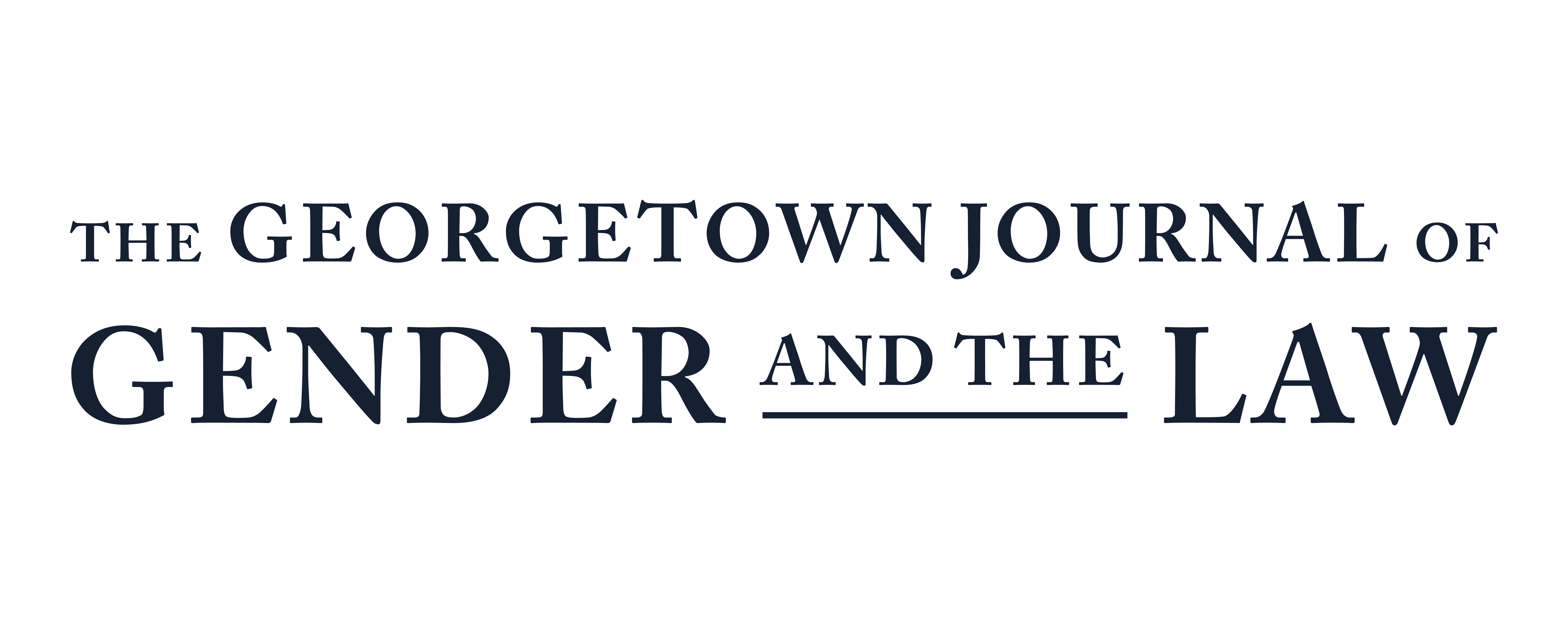Abortion Protestng
The Supreme Court in 1973 recognized abortion as an exercise of a fundamental privacy right grounded in the Constitution. Abortion nevertheless remains controversial, surrounded by emotionally charged debates that combine political, gender, and healthcare issues. Accordingly, people express their views on abortion through various forms of advocacy and protest. The right to protest is at the core of free speech, protected by the First Amendment. The 1960s civil rights movement used protest successfully to educate the public and ultimately bring about changes in the law. Abortion protesting differs from other forms of protesting, however, because of the competition between the decisional privacy rights guaranteed to abortion seekers and the free speech rights of abortion protesters.
By linking abortion with fundamental constitutional rights, Roe v. Wade set the stage for debate over access to abortion services and rights associated with abortion protesting. Since Roe, anti-abortion activists have organized efforts to protest the legality of abortion. On occasion, abortion protestors have directly prevented women from obtaining abortion services. Although the First Amendment protects an individual’s right to protest,9 anti-abortion protesters’ actions exceeded the parameters of constitutionally protected free speech when those actions involved violence and threatening behavior. In response, abortion rights supporters have developed an arsenal of legal tactics for confronting anti-abortion protesting, ranging from general trespassing laws to federal legislation specifically protecting clinic access.
This article provides an overview of abortion protesting, steps the federal government has taken to protect the rights and safety of patients and abortion providers, anti-abortion protesters’ free speech rights, and the First Amendment debate surrounding abortion protest. Part II discusses federal legislative approaches upheld in abortion protesting cases, specifically the Freedom of Access to Clinic Entrances Act of 1994 and the constitutional challenges brought against the statute. Part III discusses state legislative approaches to ensuring access to clinic entrances.
Abortion Protesting
